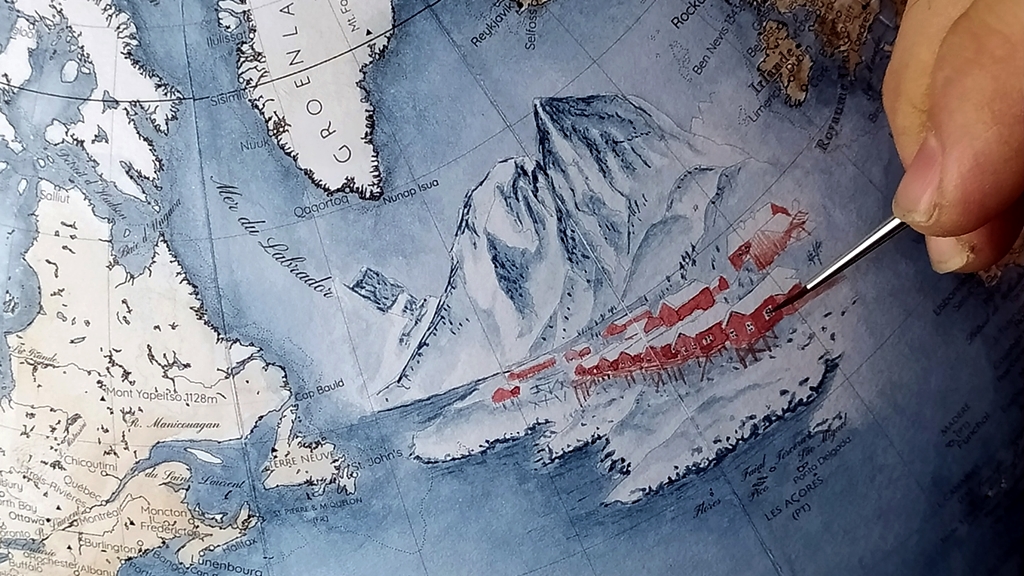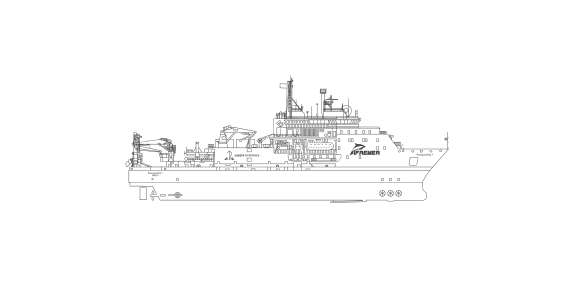Jean-Baptiste Charcot: The explorer who redefined our vision of the poles
Published :
2024-07-20 09:00:00
Categories :

The Gentleman Explorer
On July 15, 1867, Jean-Baptiste Charcot was born in Neuilly-sur-Seine. Sometimes called "the gentleman of the poles" but more often "Commandant Charcot", he brought a unique blend of scientific rigor and French elegance to polar exploration. His approach to expedition planning and execution set new standards in the field.
Pioneering Antarctic mapping
His most significant contributions came from his Antarctic expeditions:
1. The French Antarctic Expedition (1903-1905):
Aboard his ship 'Français', Charcot mapped over 1600 km of previously unexplored Antarctic coastline. This expedition gave us our first accurate representations of the western coast of the Antarctic Peninsula.
2. The Pourquoi Pas Expedition (1908-1910):
Named after his ship, this expedition further expanded our knowledge of the Antarctic coast. Charcot's team discovered and mapped new islands, including the one that bears his name today.
The impact of these expeditions on cartography
Charcot's discoveries had a considerable impact in his day:
1. His extensive mapping significantly revised entire regions of Antarctica, adding detail where previously there had been only a vague mass of ice.
2. Representation of ice shelves: Observations of variations in the Antarctic coastline due to ice shelves have led to the development of new techniques to study these dynamic features.
3. Naming conventions: Many geographical features were named by Charcot after scientists and cultural figures.
Beyond Antarctica
Although best known for his work in Antarctica, Charcot also contributed to Arctic exploration. His expeditions to Greenland, Iceland and the Faroe Islands in the 1920s and 1930s further refined our representations of these northern regions.

Scientific heritage
Charcot's multidisciplinary approach to exploration - integrating oceanography, meteorology and biology - influenced subsequent generations of scientists. This work continues on the Ifremer boat commissioned in 2005, aptly named ... The Pourquoi pas!

The legacy of the Pourquoi Pas?
Tragically, Charcot's life ended during an expedition when his beloved ship 'Pourquoi Pas?' sank off the coast of Iceland in 1936. Jean-Baptiste Charcot represented the perfect blend of explorer and scientist. His meticulous approach to mapping unknown territories has greatly enhanced our understanding of the polar regions.
As we face the challenges of climate change, Charcot's detailed observations of a century ago provide valuable baseline data. They remind us that our globes are not only representations of space, but also of time - capturing moments in the ongoing history of our planet.
